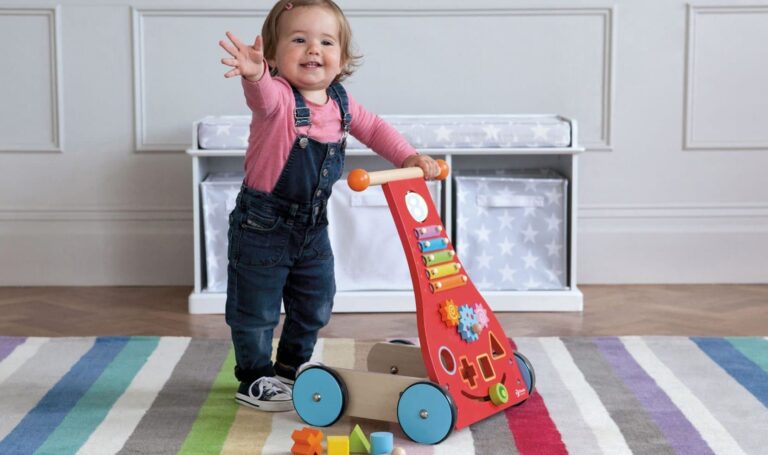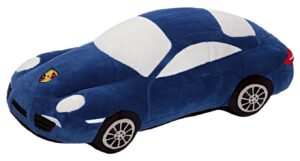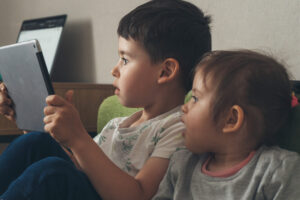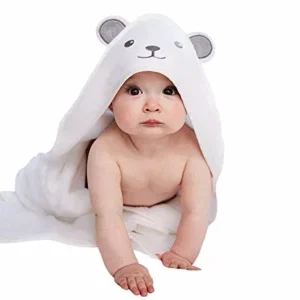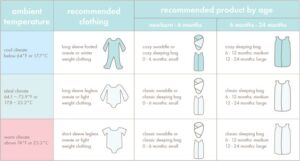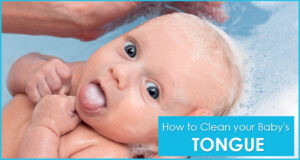Babies grow incredibly, and watching them transition from crawling to taking their first steps is nothing short of magical. The push Walker for Babies tool has become increasingly popular in helping babies with this milestone. These baby-friendly devices not only support physical development but also provide hours of fun. Let’s dive deep into everything you need to know about push walkers.
Introduction to Push Walkers
What Are Push Walkers?
Push walkers are baby mobility aids designed to help little ones learn to walk. Unlike seated walkers, these devices allow babies to stand upright and push the walker forward as they gain confidence in their steps. Push walkers are often equipped with wheels and handles and may feature engaging toys, lights, and sounds to stimulate the baby’s interest.
These walkers are great for promoting natural walking development as they mimic the act of walking instead of restricting a baby’s movement. With designs that vary from basic frames to elaborate interactive models, there’s a push walker for every baby’s needs.
Why Are Push Walkers Popular?
Push walkers have gained traction among parents for their versatility and developmental benefits. Parents love that these walkers help babies practice walking while also offering activities that keep them entertained. Additionally, many push walkers double as toys, making them a multipurpose investment.
Benefits of Using Push Walkers
Encouraging Motor Skill Development
Push walkers play a crucial role in enhancing gross motor skills. As babies grip the handle, push the walker, and balance themselves, they develop strength in their legs and arms. The act of pushing also improves hand-eye coordination and spatial awareness, crucial milestones in early development.
Boosting Confidence and Independence
When babies take their first independent steps using a push walker, it boosts their confidence. They experience a sense of accomplishment, which encourages them to explore more. This newfound independence can spark curiosity, paving the way for more developmental milestones.
Enhancing Coordination and Balance
Walking is a complex skill requiring coordination between muscles and balance. Push walkers provide the support babies need while learning to coordinate their movements. With consistent practice, they’ll eventually master walking without any aid.
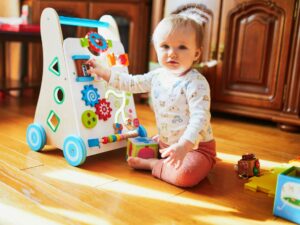
Types of Push Walkers
Traditional Push Walkers
These are simple walkers with a sturdy frame, wheels, and a handle for the baby to push. They are ideal for babies who want to focus solely on walking without additional distractions.
Interactive Push Walkers
Interactive walkers come with built-in toys, sounds, and lights. They’re perfect for keeping babies entertained and engaged, even during breaks from walking practice.
Multi-functional Push Walkers
These walkers often double as activity centers or ride-on toys. They’re a fantastic choice for parents looking to get more value from a single product.
Key Features to Consider When Buying a Push Walker
Safety Features
To ensure your baby’s safety, look for walkers with anti-slip wheels, speed control, and a stable base.
Build Quality and Material
Opt for push walkers made from non-toxic, durable materials. This ensures they can withstand rough play and last through your baby’s walking phase.
Weight and Stability
A well-balanced walker with adequate weight prevents tipping and ensures stability as your baby learns to push it.
Entertainment Features
Toys, buttons, and music can make the push walker more appealing, ensuring your baby enjoys using it.
Age-Appropriate Push Walkers
Walkers for Infants
Infants who are just learning to pull themselves up benefit from walkers with a wide, stable base and easy-to-grip handles.
Walkers for Toddlers
Toddlers need walkers with adjustable height and more interactive features to match their growing skills and curiosity.
How to Introduce Push Walkers to Your Baby
Timing is Everything
Introducing a push walker at the right time is crucial. Babies typically begin showing readiness between 9 and 12 months when they can pull themselves up to stand. Observing your baby’s cues and readiness is the best way to ensure success.
Creating a Safe Environment
Before letting your baby use a push walker, ensure the space is free of obstacles like sharp furniture edges or slippery rugs. A clear, open area with a smooth surface is ideal for allowing them to practice walking.
Encouraging Gradual Usage
Start slow! Initially, let your baby get familiar with the walker by exploring it and playing with any attached toys. Once they’re comfortable, guide them as they push it. Gradual practice sessions will build their confidence.
Common Concerns About Push Walkers
Are Push Walkers Safe?
Safety concerns often arise regarding any baby gear. Modern push walkers are designed with safety in mind, featuring non-slip wheels and sturdy bases. However, supervision is always recommended.
Do Push Walkers Delay Walking?
Contrary to the myth that walkers delay walking, push walkers encourage babies to practice walking skills naturally. They provide support and stability, helping babies gain confidence.
Can Push Walkers Be Overused?
Like any baby product, moderation is key. While push walkers are great tools, babies should also have plenty of time for free movement to explore other developmental activities.
Tips for Maintaining Your Baby’s Push Walker
Regular Cleaning
Babies love to touch, bite, and play with their walkers, so cleaning is essential. Use baby-safe cleaners to wipe down surfaces regularly, ensuring it’s germ-free.
Inspecting for Wear and Tear
Check the wheels, screws, and other moving parts for any signs of wear or looseness. This prevents accidents and keeps the walker functioning optimally.
Proper Storage
Store the push walker in a dry, safe place when not in use. This prolongs its life and keeps it in good condition for future siblings or resale.
Popular Push Walker Brands
VTech Sit-to-Stand Learning Walker
This walker features an interactive activity panel, lights, and sounds to keep babies entertained while they practice walking.
Fisher-Price Laugh & Learn Walker
Known for its bright design and engaging features, this walker provides excellent stability and entertainment.
Hape Wonder Walker
Made from sustainable wood, this eco-friendly walker offers a minimalist design with plenty of support for beginner walkers.
DIY Push Walker Alternatives
Repurposing Household Items
For budget-conscious parents, sturdy items like laundry baskets filled with heavy items can work as makeshift push walkers. Just ensure the item is stable and safe.
Handmade Wooden Walkers
If you’re crafty, creating a custom wooden push walker can be a fulfilling DIY project that meets your baby’s unique needs.
Using Ride-On Toys
Some ride-on toys double as push walkers, offering dual functionality at a fraction of the cost.
Push Walker Safety Tips
Always Supervise
Even with the safest walker, supervision is non-negotiable. Ensure you’re close by while your baby practices.
Avoid Uneven Surfaces
Uneven or sloped surfaces can make the walker unstable and increase the risk of falls. Stick to smooth, flat areas for playtime.
Choose the Right Shoes
If your baby wears shoes while using the walker, ensure they’re lightweight and have a good grip to prevent slips.
Transitioning Beyond Push Walkers
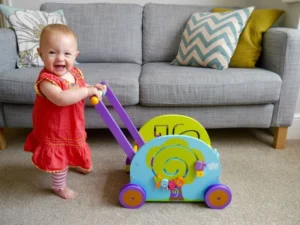
Recognizing Readiness
Most babies outgrow push walkers when they start walking independently. Look for signs like reduced reliance on the walker or more confident steps.
Encouraging Independent Walking
Once your baby is comfortable without the walker, encourage them to walk by holding your hand or using other supportive methods.
Building on Developmental Milestones
After mastering walking, focus on other developmental skills like running, climbing, and jumping to further enhance their coordination and strength.
Conclusion
Push walkers are an excellent tool for helping babies take their first steps, building confidence, and encouraging physical development. With the right walker and a safe, supportive environment, your baby will be striding confidently in no time. Remember to choose age-appropriate designs, monitor usage, and enjoy watching your little one reach this exciting milestone.
FAQs
Q1: At what age should I introduce a push walker to my baby?
Push walkers are generally suitable for babies aged 9–12 months when they can pull themselves up and stand with support.
Q2: Are push walkers better than seated walkers?
Yes, push walkers promote natural walking development by encouraging babies to stand and take steps independently, unlike seated walkers which may restrict movement.
Q3: How do I ensure my baby’s safety while using a push walker?
Always supervise your baby, use the walker on flat surfaces, and choose a model with anti-slip wheels and a sturdy design.
Q4: Can push walkers be used on carpets?
Yes, many push walkers are designed to work on various surfaces, including carpets. Look for models with adjustable wheel resistance.
Q5: Are push walkers worth the investment?
Absolutely! Push walkers provide developmental benefits, entertainment, and support during a crucial growth stage, making them a valuable addition to your baby gear collection.

